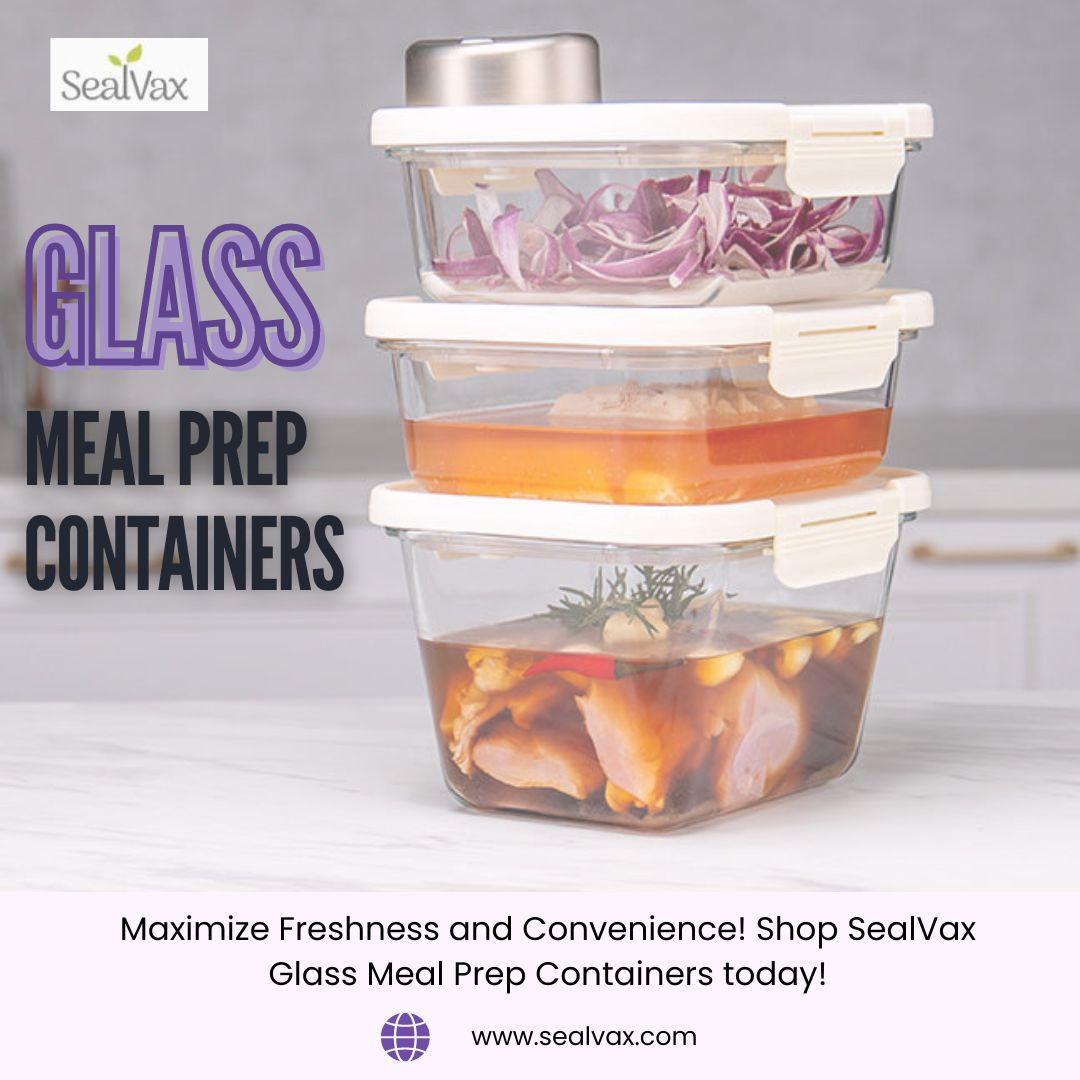In the ongoing quest for effective weight loss strategies, portion control emerges as a fundamental yet often overlooked tool. While fad diets and extreme workout regimens frequently capture public attention, the simplicity and sustainability of managing portion sizes offer a more balanced approach to achieving and maintaining a healthy weight. This article delves into the science and practicality behind portion control, examining how it can be seamlessly integrated into daily life to promote gradual and lasting weight loss. By understanding the principles of portion control and its impact on caloric intake, readers can gain the confidence to make informed decisions about their eating habits, paving the way for a healthier lifestyle.
Understanding the Science Behind Portion Control
Delving into the mechanisms of portion control unveils a blend of psychology and biology. Portion control is not merely about reducing the amount of food on your plate; it’s about understanding how different portions impact your body’s energy balance and satiety signals. The human brain is wired to respond to visual cues more than actual hunger signals. This is where portion control becomes an art of tricking the brain into satisfaction with less food. By using smaller plates or pre-portioning snacks, you can create a visual illusion of abundance, which can help in feeling fuller with less.
From a biological perspective, portion control plays a crucial role in managing caloric intake without triggering feelings of deprivation. Here are some scientific insights that support effective portion control:
- Satiety Hormones: Smaller, more frequent meals can help regulate hormones like leptin and ghrelin, which are crucial for hunger and satiety.
- Digestive Efficiency: Eating in moderation allows your digestive system to work more efficiently, aiding in better nutrient absorption and reducing the risk of overeating.
- Blood Sugar Levels: Controlled portions prevent spikes in blood sugar, which can help in maintaining energy levels and reducing cravings.

Practical Strategies for Effective Portion Management
Adopting effective portion control techniques can be transformative in your weight loss journey. Start by using smaller plates and bowls, which can naturally limit the amount of food you consume, creating a psychological sense of satisfaction with less. Mindful eating is another powerful strategy; it encourages you to savor each bite and recognize your body’s hunger cues, reducing the likelihood of overeating. Additionally, consider pre-portioning snacks into single servings to avoid the temptation of eating directly from larger packages.
- Visual Cues: Utilize the visual proportions method, such as the plate method, where half of your plate is filled with vegetables, a quarter with lean proteins, and the remaining quarter with whole grains.
- Measuring Tools: Employ measuring cups and food scales to familiarize yourself with standard serving sizes. This practice not only helps in managing portions but also in educating yourself about the nutritional value of different foods.
- Pre-planned Meals: Preparing meals in advance can prevent impulsive eating and ensure you stick to your portion goals. Batch cooking and storing meals in individual containers can streamline this process.
Common Mistakes and How to Avoid Them
- Overestimating Serving Sizes: One of the most frequent pitfalls is underestimating how much you’re actually eating. To tackle this, familiarize yourself with standard serving sizes using visual aids or measuring tools. For example, a serving of cooked pasta is about the size of a tennis ball. By being aware of these benchmarks, you can better gauge portion sizes and make more informed choices.
- Ignoring Liquid Calories: Drinks like sodas, juices, and even coffee with cream and sugar can add a surprising amount of calories to your daily intake. It’s easy to overlook these liquid calories because they don’t seem as substantial as food. To avoid this mistake, opt for water, herbal teas, or black coffee, and always check the nutritional information of beverages before consuming them.
- Mindless Eating: Eating while distracted, such as when watching TV or working, can lead to consuming more than intended. Combat this by creating a dedicated eating space and focusing solely on your meal. This practice encourages mindfulness and allows you to enjoy your food fully, making it easier to recognize when you’re satisfied.
Tailoring Portion Control to Your Lifestyle
Understanding how to customize portion control according to your daily routine and preferences is essential for sustainable weight loss. Identify your eating habits by considering factors like your activity level, meal timing, and personal preferences. This personalized approach ensures you are not only consuming the right amount of calories but also enjoying your meals without the guilt. Start by assessing your daily schedule to determine the times you are most active and when you feel hungriest. For instance, if you have a hectic morning, a larger breakfast might keep you satiated longer, while a light dinner could be more suitable for evenings when you are less active.
To effectively incorporate portion control, consider the following tips:
- Visualize Portions: Use everyday objects to estimate portion sizes, like a tennis ball for a serving of fruit or a deck of cards for protein.
- Mindful Eating: Pay attention to hunger cues and eat slowly to give your body time to signal fullness.
- Plate Method: Fill half your plate with vegetables, a quarter with lean protein, and the remaining quarter with whole grains to maintain a balanced diet.
- Snack Smartly: Prepare portion-controlled snacks to avoid overeating between meals.
These strategies, tailored to your lifestyle, can empower you to make conscious decisions about food intake, ultimately leading to effective weight management.
